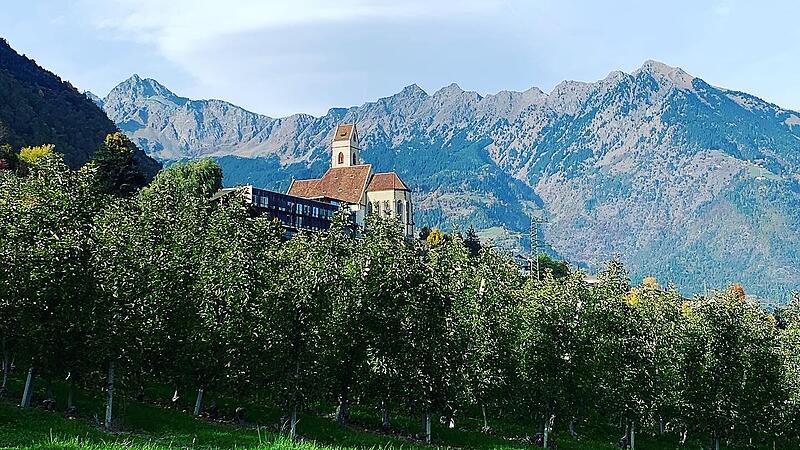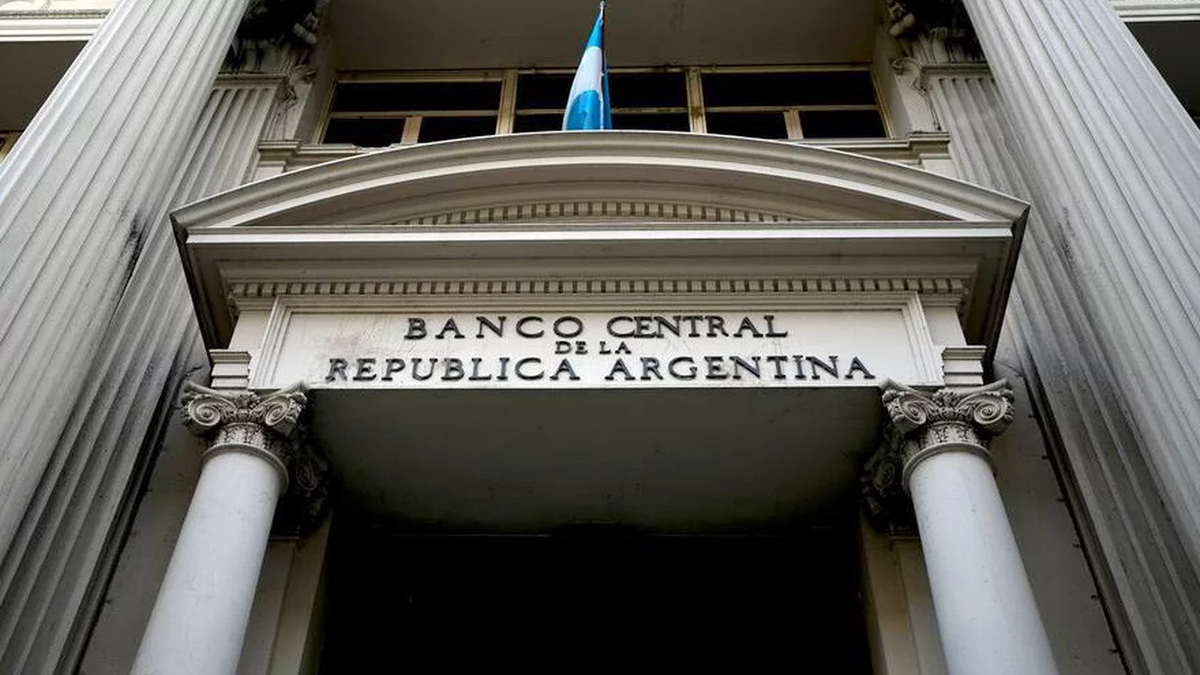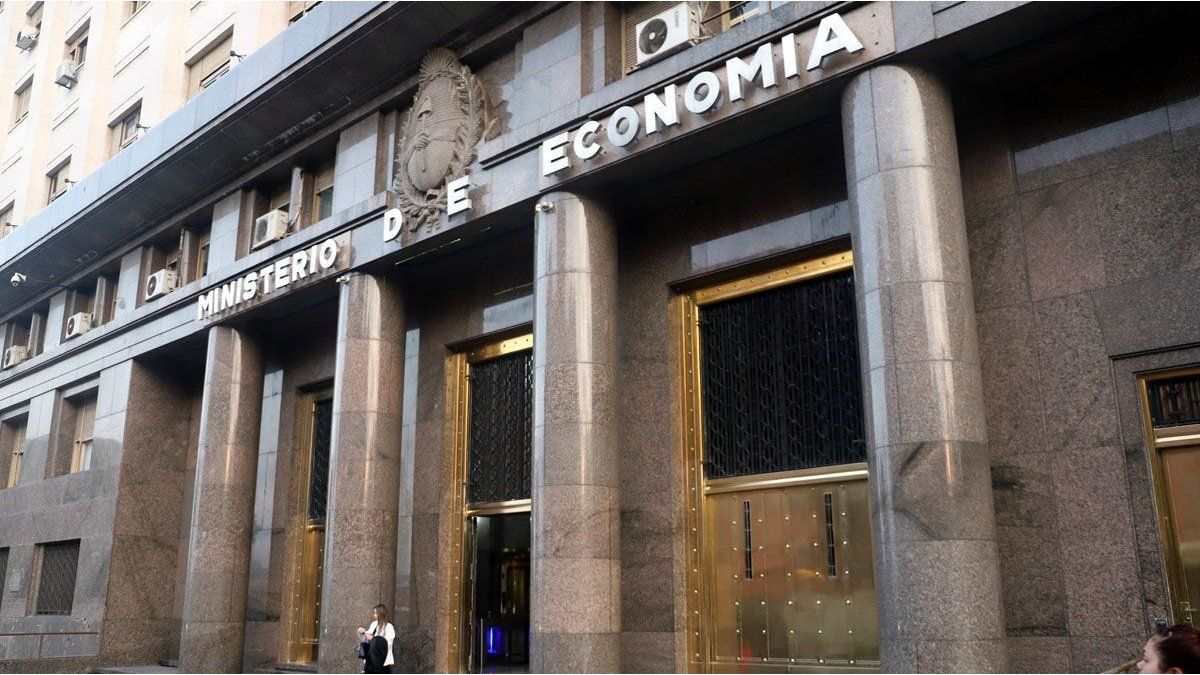My grandmother’s house is in Reinswald in the Sarntal, remote and higher than the entire Mühlviertel. The forest begins right behind the farmhouse, and if you missed the goal as a child playing football, you had to retrieve the ball 200 meters down. Steep South Tyrol.
Autumn is one of the most beautiful times to travel over the Brenner Pass. The most spectacular is the journey to the Sarntal – falsely denounced as backward – via the 2211 meter high Penserjoch. After the Brenner Pass near Sterzing, leave the autobahn and take the shortest route over the pass. Steep serpentines go up and down. My plan to ride the route on a racing bike has to wait due to a lack of training. Attention, the road is usually closed from November to July, in winter there can be up to twelve meters of snow.
A lake as high as the Feuerkogel
Once at the bottom, a detour to Lake Durnholz is definitely recommended. A magical place, with a few farms on steep slopes, a church, an inn – and a clear mountain lake that is refreshing even in summer. No wonder, since it is at 1545 meters and almost as high as the Feuerkogel. My uncle used to go surfing here anyway. The classic circular route around the lake is easy to manage, even with children.
The largest community in South Tyrol
With an area of 302 square kilometers, the Sarntal is the largest municipality in South Tyrol. Officially, it has only 7160 inhabitants, perhaps also because it used to be difficult to reach from Bolzano. The 27 tunnels of my childhood have now been partly straightened and halved.
The center is the village of Sarnthein at 970 meters above sea level, where most of my relatives also live. The center with its ancient houses and alleys is picturesque, the classic architectural style that runs through the whole of South Tyrol, a pleasant change from the confusion of styles in Austria. Handicrafts are very important in the Sarntal – from quill embroidery to Sarner Toppar (felt slippers), just like my grandmother used to make for me. The South Tyroleans have copied the best from Italian: in addition to home cooking, there is great pasta, and the espresso is not drunk from the machine, but in the bar. Friendly.
After being surrounded by mountains, of course you have to go up. You get a view over the valley from the Sarner Scharte (2509 m), a great tour leads to the Latzfonser Kreuz and on to the Kassianspitze (2581 m). The “Stoanernen Mandln”, an ancient Celtic power place on the Hohe Reisch with more than 100 stone figures, are particularly worth seeing. By the way: In the Sarntal, an e-mountain bike really makes sense, basically it goes uphill everywhere. Runkelstein Castle towers above Sarnthein. Erected in 1237 by the von Wangen brothers, it houses the largest secular fresco cycle of the Middle Ages. You can eat well at Gasthaus Höllriegl – please try Schlutzkrapfen!


The apple harvest in Meran
They stand there rugged and majestic – the Dolomites, for many the most beautiful thing about South Tyrol. Those who see them for the first time often take their breath away. Autumn does the rest, immersing the valleys in an extraordinary, colorful blaze of colour. The bright red apple trees are particularly beautiful to see in Meran. Due to the Mediterranean climate, the area seems made for apples. For kilometers the rows of trees lead left and right up the slopes. They are supplied with water by so-called Waale. You can also walk – or run – along the centuries-old waterways. The Marlinger Waalweg, for example, leads high above the city and past the exquisite La Maiena Meran Resort, which has been awarded a toque.


Trauttmansdorff Castle
Apples are to South Tyrol what apricots are to Wachau. Harvesting starts in mid-August, with varieties like ‘Gala’, and ends with ‘Pink Lady’ in early November. Around a million tons of apples are picked from the trees by around 7,000 apple farmers. This corresponds to a ten percent share of the total apple production in the EU.
Empress Sissi did not come to Meran for the apples, but mainly because of the mild climate and the good air. Trauttmansdorff Castle was the winter residence of the Austrian Empress in the years 1870 and 1889 – and today there is still the famous Sissi path and a thermal bath that attracts spa guests. The combination with the Sarntal is good because you remain grounded in the face of all the noblesse.
Source: Nachrichten




